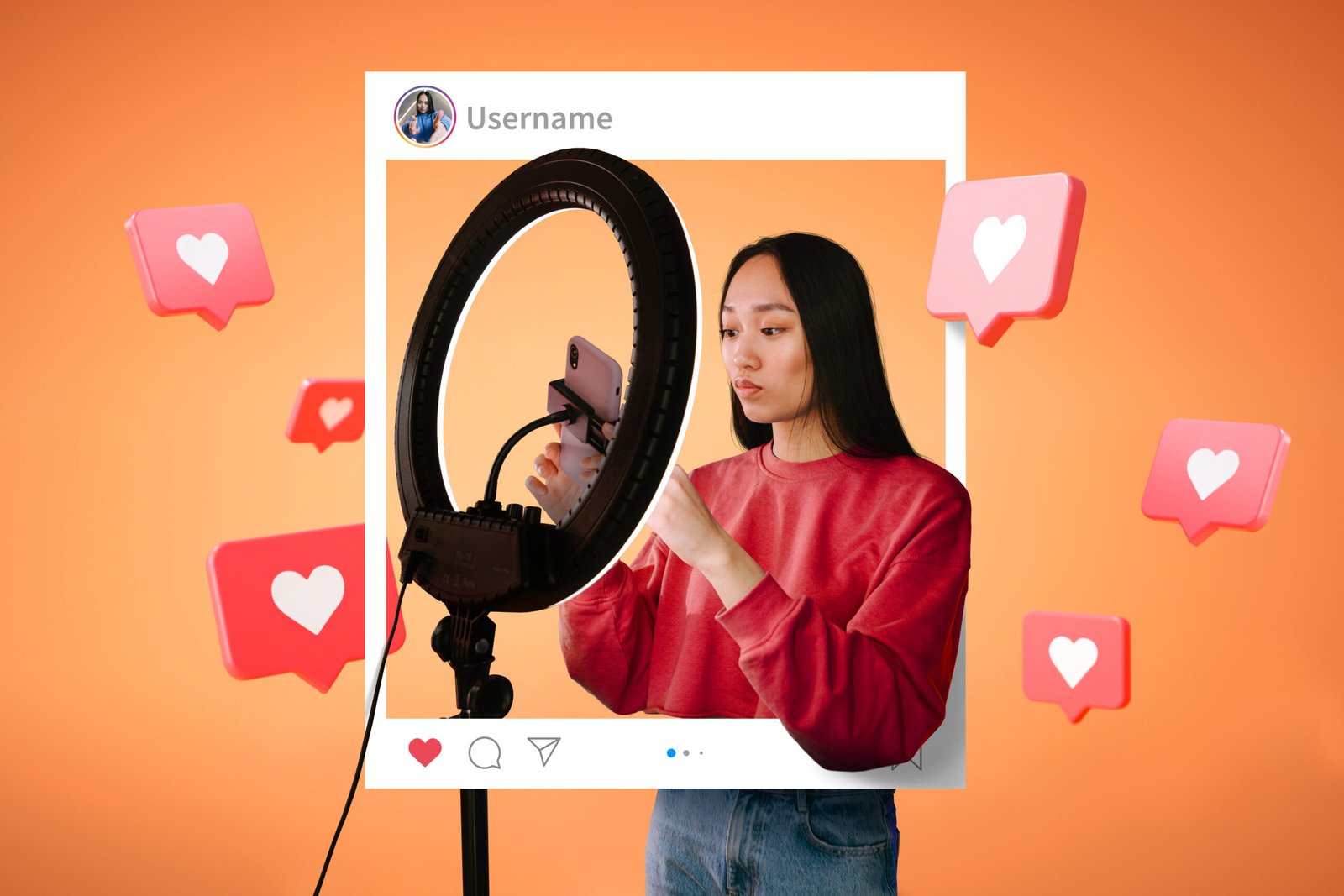Customers are increasingly relying on the opinions and experiences of others before making purchasing decisions. This phenomenon, known as social proof, has become a cornerstone in modern marketing, helping brands establish trust and convert prospects into loyal customers. Social proof can take various forms—customer testimonials, reviews, user-generated content (UGC), and even influencer endorsements—all of which offer validation and assurance to potential buyers. This article goes into detail about the power of social proof in marketing, its types, its impact on brand credibility, and strategies for effective campaign integrations.
What is Social Proof and Its Importance
Social proof is a psychological phenomenon where people mimic the actions of others in an attempt to make informed decisions. In marketing, it’s the practice of using evidence of other customers’ satisfaction or approval to influence prospective customers. When people see that others trust a brand, product, or service, they’re more likely to follow this trend, especially in the digital world where social connections play a big role in our decision-making.
In a market saturated with options, social proof provides a sense of security, helping brands stand out. For businesses, leveraging social proof is not only about building credibility but also about increasing conversion rates as customers feel reassured by the positive experiences of others.
Types of Social Proof
There are several types of social proof, each with unique benefits and applications. Below are the most effective forms:
- Customer Testimonials and Reviews: Written or video testimonials and reviews are powerful tools that showcase real customer experiences. They provide a platform for customers to share their satisfaction, fostering trust among new prospects. Sites like Amazon, Yelp, and TripAdvisor thrive on customer reviews, and nearly 90% of consumers say they trust online reviews as much as personal recommendations.
- User-Generated Content (UGC): UGC includes any content—such as photos, videos, or social media posts—created by customers that features a brand or product. Because it comes from actual customers, UGC feels authentic and relatable, helping brands build a stronger connection with their audience. For example, a skincare brand might encourage customers to share before-and-after photos, amplifying trust and credibility.
- Influencer Endorsements: Influencers act as trusted voices for their followers, making their endorsements a powerful form of social proof. When an influencer aligns with a brand, it can significantly expand the brand’s reach and credibility, especially if the influencer’s audience aligns with the brand’s target demographic.
- Expert or Industry Endorsements: When industry experts or thought leaders endorse a product, it adds authority and credibility. This can include testimonials, professional reviews, or certifications from reputable organizations, all of which lend weight to a brand’s claims.
- Crowd Approval (Popularity Metrics): Showing metrics such as “10,000+ customers served” or “Bestselling product” taps into the idea of crowd mentality, where people trust what is popular or widely accepted. Displaying popularity metrics on your website or in ads reinforces the brand’s credibility and can influence potential buyers.
The Impact of Social Proof on Brand Credibility
The main appeal of social proof is that it provides unbiased evidence of a brand’s reliability, quality, and popularity. Here’s how social proof enhances brand credibility:
- Establishing Trust Through Authenticity: Social proof, especially in the form of user-generated content and reviews, offers genuine insights into the customer experience. Authentic customer voices help bridge the gap between brand promises and customer reality, establishing a foundation of trust.
- Reducing Perceived Risk: For new customers, buying from an unfamiliar brand can feel risky. Testimonials, reviews, and popularity metrics reduce this perceived risk by showcasing the positive experiences of other customers, reassuring potential buyers that they are making a safe choice.
- Creating FOMO (Fear of Missing Out): When potential customers see a brand’s products being used and praised by others, they’re often motivated by a sense of FOMO. This psychological trigger can encourage quicker buying decisions, particularly when combined with limited-time offers or low-stock alerts.
The Impact of Social Proof on Conversion Rates
Studies show that social proof can have a dramatic impact on conversion rates, helping brands transform casual browsers into committed buyers. Here’s how:
- Enhanced Conversion on Product Pages: Displaying customer reviews or star ratings directly on product pages makes it easier for customers to assess the product without having to look for third-party reviews, making their buying journey smoother and more confident.
- Improved Click-Through Rates (CTR): In paid advertising, including testimonials or trust badges can increase CTR, as customers are more likely to click on ads that display genuine customer approval or show the popularity of a product.
- Increased Email Marketing Engagement: Incorporating social proof in email marketing—such as showcasing a popular product or including customer testimonials—can make emails feel more personal and relevant, improving open rates and click-throughs.
- Higher Conversions in Retargeting Campaigns: Social proof works exceptionally well in retargeting, as it reassures those who have previously shown interest in a product. Featuring testimonials or success stories in retargeting ads can remind potential buyers of the product’s value and credibility.
Best Practices for Incorporating Social Proof
To effectively use social proof in your marketing strategy, here are some actionable best practices:
- Highlight Reviews and Ratings Prominently: Make customer reviews and ratings easily visible on your website, especially on product pages and landing pages. This immediate reassurance can positively impact potential buyers’ decisions.
- Encourage and Incentivize UGC: Inspire customers to share their experiences through social media challenges or by incentivizing reviews with discounts or rewards. The more authentic UGC you gather, the more reliable your brand appears.
- Showcase Influencer Partnerships and Endorsements: Collaborate with influencers who align with your brand values and target audience. Highlight these endorsements on your website and social media channels, as their influence can greatly expand your brand’s reach.
- Leverage Popularity Metrics: Use statements like “Bestseller,” “Most Popular,” or “Customer Favorite” on product pages to communicate crowd approval. Highlighting popularity reinforces a product’s credibility and can motivate faster purchase decisions.
- Add Social Proof to Email Marketing: Include customer testimonials, ratings, or UGC images in your emails to make them more engaging and relatable. This is particularly effective in onboarding emails, where social proof can reassure new customers and encourage loyalty.
Case Studies
To show the real impact of social proof, here are a few brands that have effectively integrated it into their strategies:
- Glossier: Known for its emphasis on customer voices, Glossier shares user-generated content across its social media and product pages. By letting its customers become the brand’s advocates, Glossier has successfully built a loyal community and achieved high levels of brand trust.
- TripAdvisor: As a review-driven platform, TripAdvisor harnesses the power of customer reviews to help travelers make decisions. Its success hinges on transparent user feedback, which encourages a cycle of reviews that strengthens brand credibility.
- Coca-Cola’s #ShareACoke Campaign: This campaign encouraged people to share photos with customized Coke bottles on social media. By engaging customers to create and share their own content, Coca-Cola built an emotional connection with its audience, significantly boosting brand engagement.
Conclusion
Social proof is one of the most effective tools for building brand credibility and driving conversions in today’s digital landscape. By showing real customer experiences, leveraging influencer endorsements, and using crowd approval metrics, brands can build trust and create a more compelling experience for potential buyers. Incorporating social proof into your marketing strategy isn’t just about showing popularity; it’s about building an authentic, community-driven brand that resonates with today’s consumers.
Image source: Freepik






